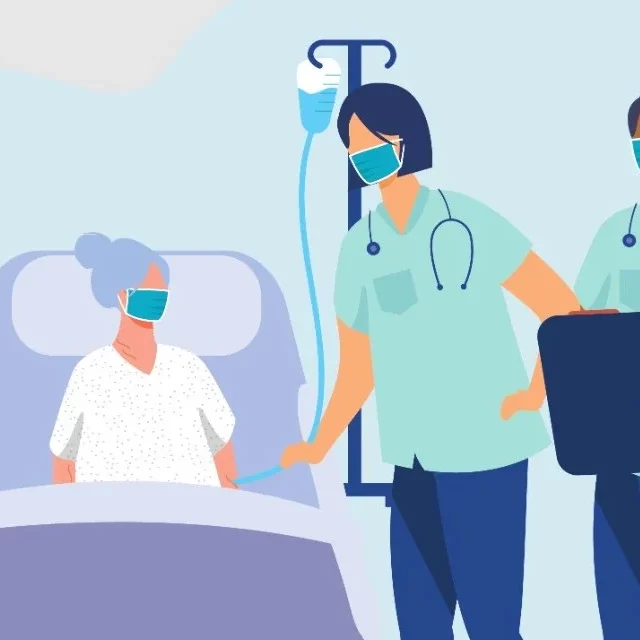Patient experience is a vital part of success for healthcare providers, and a patient satisfaction questionnaire allows the institutions to understand the level of care they provide and address any shortcomings.
From the comfort of hospitalized patients to your practice, these questionnaires help discover any hidden issues that need addressing. Read on to learn more about patient satisfaction survey questionnaires.
What Is a Patient Satisfaction Questionnaire?
A patient satisfaction survey is designed to collect patient feedback, measuring how well a healthcare provider or facility meets their needs. These can identify the areas of improvement and track progress over time.
The Hospital Consumer Assessment of Healthcare Providers and Systems (HCAHPS) is the most widely used patient satisfaction form in the United States. HCAHPS scores are publicly reported and used to compare hospitals.
How To Conduct It
Take the following steps to conduct a successful patient satisfaction questionnaire:
- Identify your objectives, including potential problem areas in your practice.
- Create your survey—refer to the tips in the following section.
- Select an appropriate data collection method. It could be in-person, online, over the phone, or through the mail.
- Evaluate the results and gather all the stakeholders. Brainstorm for possible changes to address the concerns.
- Implement the changes in consultation with the staff. Create a list of intended changes with a realistic timeline.
Tips on Creating a Good Patient Satisfaction Survey
For drafting a good patient satisfaction questionnaire, it’s essential to keep it short and simple. Here are other things to consider:
- Avoid questions requiring a yes or no response. It’s challenging to obtain accurate statistical data from such questions.
- Use consistent scales (a four-point scale, Likert scale, ten-point scale, etc.)
- Include an open-ended question and a general comments section at the end of the questionnaire.
- Keep the survey process anonymous. Patients will likely answer the survey honestly if their identity remains protected.
- Collect demographic data at the end of the survey (like the patient’s health plan) to track how satisfaction scores vary among certain groups of patients.
- Avoid vague, biased, or leading questions and ones that incorporate two or more queries.
Ensure the context of the patient satisfaction survey is patient-centric, and embrace quality improvement as the primary goal.
Example Questions
Here are some example questions that can be a part of a well-developed patient satisfaction survey:
- How did you find the experience of booking an appointment?
- How likely are you to recommend our medical facility to your friends and family?
- How long did you have to wait to meet the doctor?
- How would you rate the overall care provided by our medical personnel?
- Was our staff empathetic to your needs?
- Were you informed about the side effects and symptoms of the prescribed medicines?
How To Use the Survey Results
Health insurance companies and the government rely on patient satisfaction measures to evaluate healthcare provider performance. So, the results of patient surveys play a crucial role in this purpose.
You don’t have to act on every suggestion your patients give you; instead, prioritize the key issues causing dissatisfaction and work out effective solutions.
For example, a common concern of patients is the waiting time for consultation. Consider the “time-analysis worksheet” to track a patient’s visit, time of entering the examination room, and so on. It allows physicians and staff to identify any possible sources of delays.
Tip: Remember to follow up with customers with negative experiences to discover the areas that need the most improvement. Surveying without any follow-up may intensify users’ dissatisfaction and worsen frustration among healthcare providers.
Conclusion
Patient satisfaction is a crucial metric for hospitals and other healthcare organizations. With a well-developed questionnaire, it’s easy to measure patient satisfaction and solve potential issues.
Every patient’s opinion is a significant source of information to help improve healthcare services, whether a private consultation, a clinic, a medical center, or a health and beauty center.
So, don’t hesitate to use SuveyTown to create, conduct, and present surveys easily!

